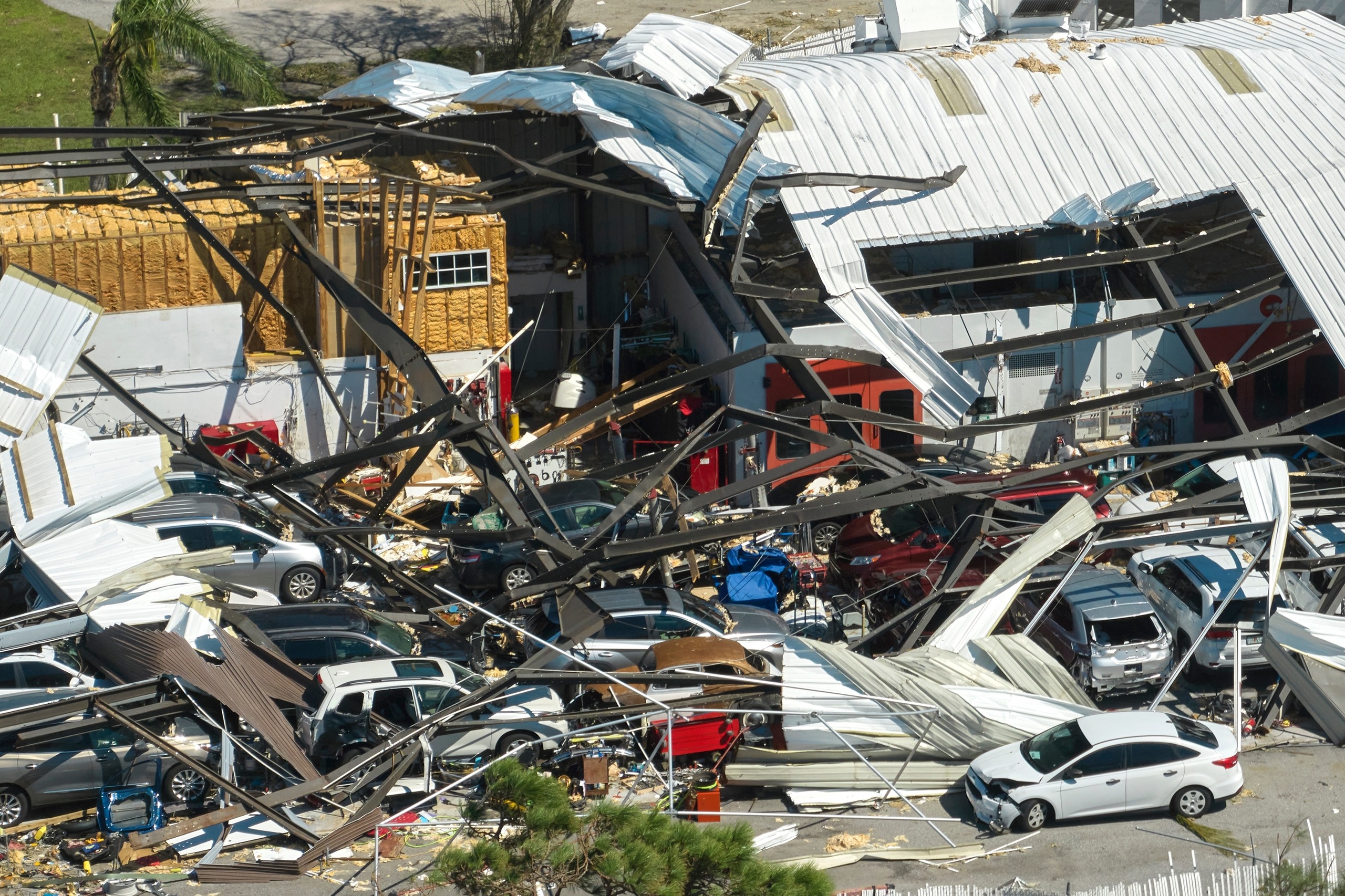How Many Hurricane Categories Are There?

When hurricanes approach, understanding “How many hurricane categories are there?” and what they mean can make a big difference in preparing for these storms. The Saffir-Simpson Hurricane Wind Scale is a widely recognized system. It breaks hurricanes down into five categories, each based on sustained wind speeds and the amount of property damage expected. It ranges from Category 1, the least severe, to Category 5, with winds that bring catastrophic damage.
Understanding the Categories of Hurricanes
Category 1
A Category 1 hurricane has wind speeds between 74 and 95 mph. While these winds are not the strongest, they can still create problems, such as roof damage, tree branch snapping, and possible power outages that last several days. Structures with good foundations and roofing are better suited to withstand this level of storm.
Category 2
With winds between 96 and 110 mph, Category 2 hurricanes are more dangerous. This level can tear off parts of roofs, damage siding, and knock down trees with shallow roots. Power outages often last longer, and roads can become blocked, making movement difficult in affected areas. Taking preventive measures before the storm hits can help reduce the damage it causes.
Category 3
At Category 3, hurricanes bring devastating effects, with winds of 111 to 129 mph. Damage goes beyond surface-level issues. Many trees are uprooted, roads get blocked, and buildings without strong structures can lose parts of their roofs or walls. Homes and businesses in the path of a Category 3 storm may face weeks without power or water services.
Category 4
Category 4 hurricanes, with wind speeds of 130 to 156 mph, bring severe damage to well-built homes, often tearing off most of the roof structure. Power poles and large trees are downed, isolating residential areas for extended periods.
Well-built frames and reinforced walls are vital for enduring this level of storm. Those living in Category 4-prone areas can benefit from buildings designed with robust engineering principles to limit structural damage.
Category 5
Category 5 is the highest on the scale, with winds above 157 mph. These storms bring catastrophic results. Entire buildings can lose roofs, and walls may collapse. Large areas may become uninhabitable for weeks or months, and recovery is lengthy and challenging.
Planning and preparation play a big part in minimizing these losses. Buildings designed to face such storms include concrete structures and specially reinforced roofs.
Why Some Experts Consider Adding a Category 6
With climate change possibly intensifying storms, some scientists discuss the idea of adding a Category 6 to the Saffir-Simpson scale. Although no official decision has been made, this discussion reflects a growing concern about the rising intensity of hurricanes. This category would likely account for storms with even stronger winds. It adds more focus on the importance of preparedness and resilient building design.
Facing the Aftermath
Recovering from a hurricane can take weeks or months, depending on the storm’s severity. One recommended step after a hurricane is to hire a public adjuster.
Public adjusters help people navigate insurance claims, especially when dealing with extensive damage. They can guide property owners through complex claim processes and guarantee to understand each step along the way. This support helps property owners receive a fair settlement, which is necessary for covering repairs and rebuilding efforts.
Strengthening Your Property Before the Next Storm
Hurricanes pose a serious risk to buildings, but Stone Building Solutions is here to help. Our team delivers reliable structural inspections, guidance on engineering best practices, and dedicated support to keep your property as prepared as possible.
